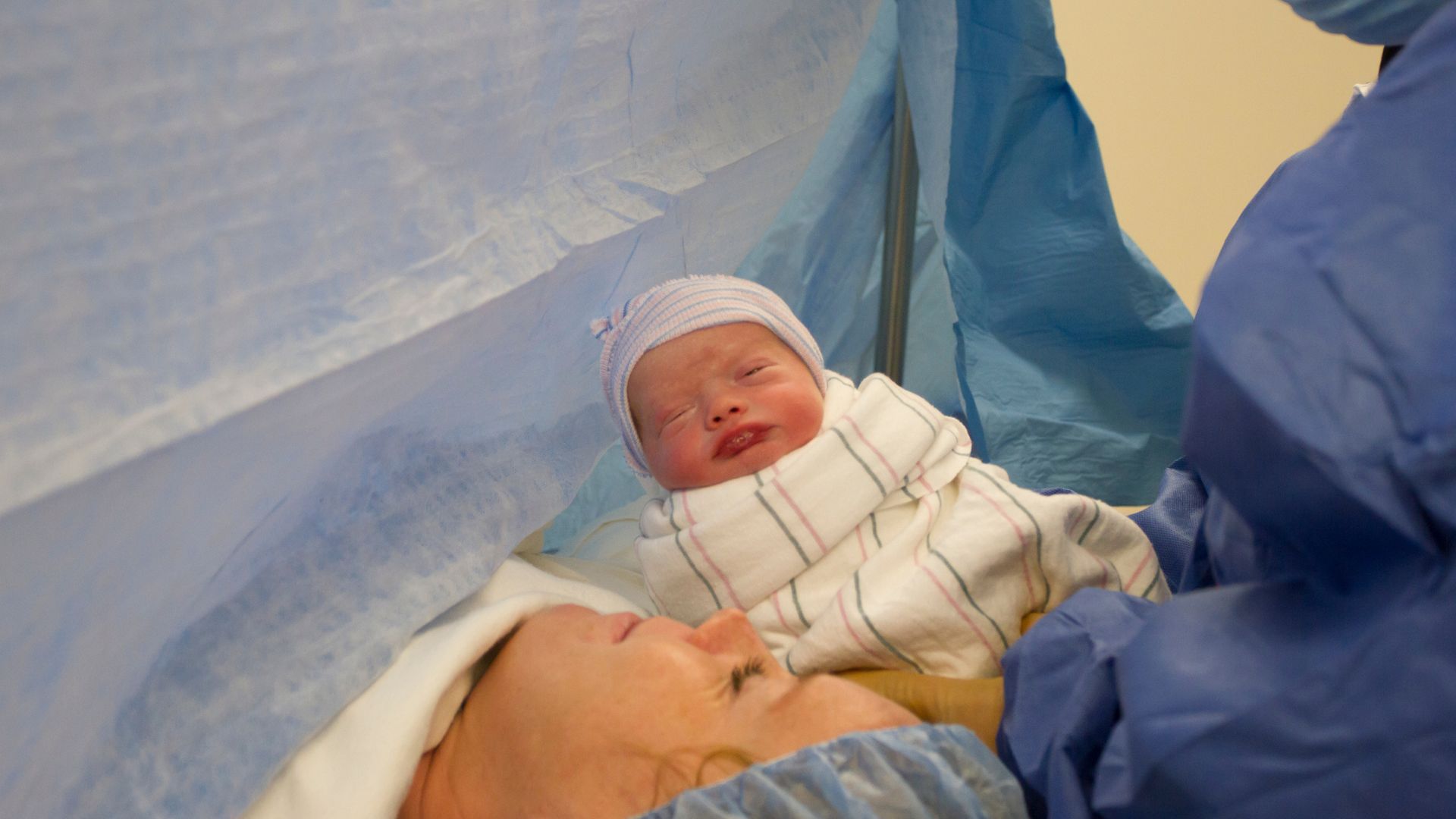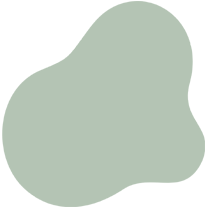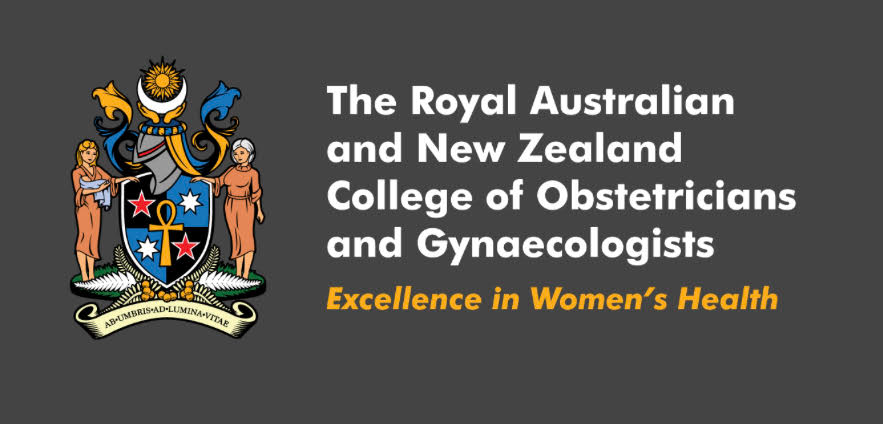

- Caesarean Section (C-Section) is the delivery of the baby through an incision in the mother’s lower abdomen, and uterus.
- While Vaginal deliveries remain the preferred method, a C-Section is usually performed when there is an increased risk to the mother or baby’s health or personal preference.
- A caesarean section may be elective, occurring before the mother is in labour or it may be an emergency.
How is it performed?
- A horizontal skin incision is made across the lower abdomen, just below the level of the pubic hair line and is approximately 10 cm in length across. Rarely is a vertical incision necessary.
When is it performed?
A C-Section may be required when:
- Mothers’ preference
- Baby’s position complicates a vaginal delivery, such as breach (baby is feet first), or transverse (baby is lying sideways)
- It is a multiple birth pregnancy (Twins and Triplets)
- Baby may be too large to fit through the mother’s pelvis, or
- Baby is significantly small and there is a concern about the stress of labour on baby’s health
- Placenta is partly or fully covering the cervix
- Baby is showing signs of stress
- The mother has had one or more prior C-Sections
- The mother has had a difficult or traumatic previous vaginal delivery
What happens on the day?
- You generally arrive at the hospital the morning of the caesarean and have fasted for around 6 or more hours. Some anaesthetists will be happy for you to have small amounts of liquid prior. You will be checked in, have observations, bloods will be taken, and baby’s heart rate will be checked.
- You will then be wheeled to the anaesthetic bay and the anaesthetist will insert a cannula for medication and fluids as well as the spinal anaesthetic.
- Most C-Sections in Australia, are performed with either an epidural (if you are already in labour and its working effectively) or a spinal anaesthetic. These are safe and have the added benefit of being able to hold your baby and have skin to skin contact soon after delivery.
- You are then taken into the operating theatre – drapes and prep is set up around you. Once the spinal anaesthetic is working well you will have a urinary catheter inserted.
- The incision site is cleansed with an antiseptic solution. Once the incision is made the baby is usually delivered within the first 5 minutes. The mother will be aware of pressure.
- The placenta is then delivered and the C-Section will take another 30 minutes to close the muscle and skin layers. Stiches are often dissolvable but can also be non-absorbable in some cases. A waterproof dressing will be applied, this usually stays on until discharge.
- Skin to skin with mum & bub can occur if baby is well.
What happens after a caesarean section?
- You will be transferred to the recovery ward for around 30 minutes before transferring back to the maternity ward. Breastfeeding is encouraged during this period.
- In recovery you will have regular checks of vital signs, wound, vaginal blood loss, urine output, and pain level. There will be compression stockings on your legs to prevent blood clots and some IV fluids running through your cannula until you are eating and drinking.
- You will need to stay in bed until the anaesthetic is completely worn off (around 2-6 hours), the midwives will help you lift and care for your baby during this time.
- If there are no complicating issues, the urinary catheter is removed after 6 hours.
- Early mobilisation has been associated with quicker recovery times and is encouraged once the spinal anaesthetic has worn off. You will see a physiotherapist whilst on the ward.
- Pain relief includes regular paracetamol and anti-inflammatory medication such as ibuprofen or voltaren. Often stronger pain relief in the form of endone is required in the first few days, and is safe to use when breastfeeding.
What are the risks?
- Elective C-Section risks are often lower than those of an Emergency C-Section. Emergency C-Sections are performed when the mother is already in labour, and labour is often associated with a low grade fever and the adjacent organs are quite often swollen (such as the bladder), increasing the risk of damage during an emergency c-section.
- A Caesarean section is major abdominal surgery, although it is rare to have serious complications the consequences can be severe when it occurs.
- Infection – to minimise the risk of infection in the incision and bladder, anti-biotics are given via IV for all C-Sections.
- Damage to adjacent organs – There is a risk of damage to adjacent organs such as the bladder and or bowel, although this can also occur with vaginal deliveries.
- Blood clots in the legs or lungs – If the pregnancy is at an elevated risk of blood clotting, then blood thinners will be prescribed. Compression Stockings are also used to reduce this risk for all caesarean patients.
- Bleeding during the time of surgery – Bleeding is a common risk for all surgical procedures.
- Anaesthetic risks – such as low blood pressure, nausea & vomiting, and severe headaches.
- Having a C-Section significantly increases the likelihood of a subsequent C-Section.
- Slower recovery compared with a normal vaginal delivery.




